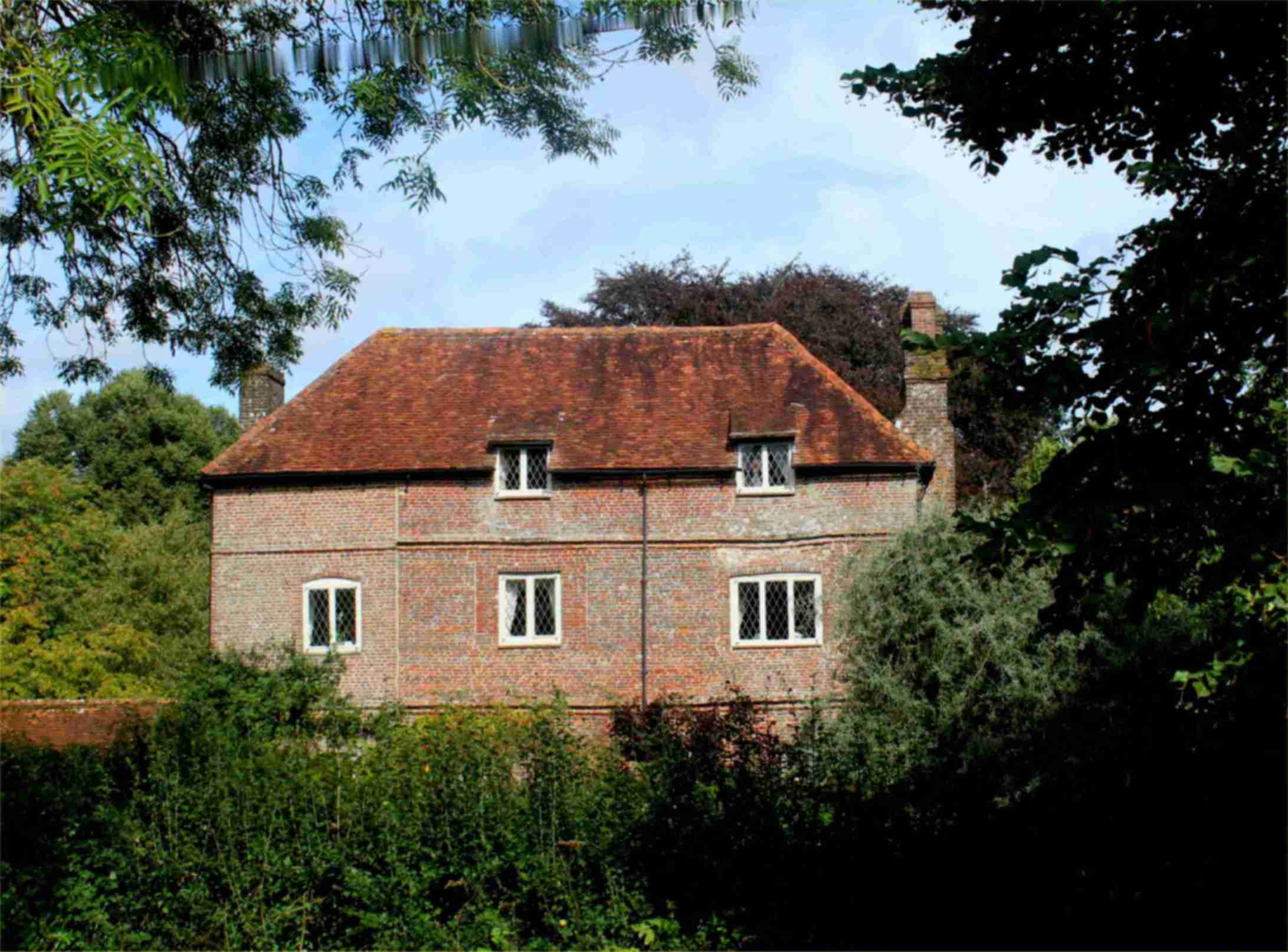Priors Dean on:
[Wikipedia]
[Google]
[Amazon]
Priors Dean is a hamlet in the
 This is just north of Priors Dean church, and is a 17th-century brick building with 18th-, late 19th- and early 20th-century alterations.
This is just north of Priors Dean church, and is a 17th-century brick building with 18th-, late 19th- and early 20th-century alterations.
civil parish
In England, a civil parish is a type of administrative parish used for local government. It is a territorial designation which is the lowest tier of local government. Civil parishes can trace their origin to the ancient system of parishes, w ...
of Colemore and Priors Dean, in the East Hampshire
East Hampshire is a local government district in Hampshire, England. Its council is based in the town of Petersfield, although the largest town is Alton. The district also contains the town of Bordon along with many villages and surroundin ...
district, in the county of Hampshire
Hampshire (, ; abbreviated to Hants.) is a Ceremonial counties of England, ceremonial county in South East England. It is bordered by Berkshire to the north, Surrey and West Sussex to the east, the Isle of Wight across the Solent to the south, ...
, England. It is in the Hampshire Downs about west of Liss and about north of Petersfield. It is a deserted medieval village first mentioned in the 1100s. Until 1932 it was a separate parish. The nearest railway station is at .
History
The village first shows some signs of settlement in theNeolithic
The Neolithic or New Stone Age (from Ancient Greek, Greek 'new' and 'stone') is an archaeological period, the final division of the Stone Age in Mesopotamia, Asia, Europe and Africa (c. 10,000 BCE to c. 2,000 BCE). It saw the Neolithic Revo ...
with flint tools and pottery found in the vicinity of the village. Bronze Age
The Bronze Age () was a historical period characterised principally by the use of bronze tools and the development of complex urban societies, as well as the adoption of writing in some areas. The Bronze Age is the middle principal period of ...
Burial mounds also lie to the northeast of the Church.
Roman pottery and other finds were also whilst field walking in the 1970s and 1980s although not in a large enough quantity to suggest settlement.
The village is first mentioned during the reign of Henry 2 in 1154–1189 as ‘Dene’ deriving from the Old English
Old English ( or , or ), or Anglo-Saxon, is the earliest recorded form of the English language, spoken in England and southern and eastern Scotland in the Early Middle Ages. It developed from the languages brought to Great Britain by Anglo-S ...
‘denu’ meaning valley. The village came under the possession of the Southwick Priory in 1203 giving it its prefix.
The main site of archaeological importance in the village is the deserted medieval village whose extent is not completely known, but likely covers the immediate area around the Church. No full investigation of the site has been done as to date and hence the reason for desertion is unknown. East Hampshire has a large number of abandoned villages, some abandoned during the 1300s thanks to the plague, and others due to more peaceful means like water access difficulties like Abbotstone. Neighbouring Colemore was also abandoned and hasn't seen archaeological investigation either.
In 1931 the civil parish had a population of 97. On 1 April 1932 the parish was abolished and merged with Colemore to form "Colemore and Priors Dean".
Church
The small church which now stands alone is all that is left of the medieval village. Its origins are in the early Norman period around 1120–30 or potentially 11th-century; either lateSaxon
The Saxons, sometimes called the Old Saxons or Continental Saxons, were a Germanic people of early medieval "Old" Saxony () which became a Carolingian " stem duchy" in 804, in what is now northern Germany. Many of their neighbours were, like th ...
or early Norman of which some architectural details still remain. For example, the sandstone entrance has a typical 12th Century zig-zag decoration. The church has no known dedication. Medieval details are well preserved like the 13th and 14th century windows on the south wall the first of which has been long since filled in.
The church was restored in 1856, when the Norman revival chancel
In church architecture, the chancel is the space around the altar, including the Choir (architecture), choir and the sanctuary (sometimes called the presbytery), at the liturgical east end of a traditional Christian church building. It may termi ...
arch was built and the bell turret and spire were added. Inside the church are several 17th-century monuments. It is a Grade II* listed building
In the United Kingdom, a listed building is a structure of particular architectural or historic interest deserving of special protection. Such buildings are placed on one of the four statutory lists maintained by Historic England in England, Hi ...
.
Manor Houses
There are two manor houses in the Priors Dean area.Priors Dean Manor House
 This is just north of Priors Dean church, and is a 17th-century brick building with 18th-, late 19th- and early 20th-century alterations.
This is just north of Priors Dean church, and is a 17th-century brick building with 18th-, late 19th- and early 20th-century alterations.
Goleigh Manor House
This is about north of Priors Dean, south of the road to Newton Valence, and was built in 1479.References
Further reading
* * *External links
{{EastHampshire Hamlets in Hampshire Former civil parishes in Hampshire East Hampshire District